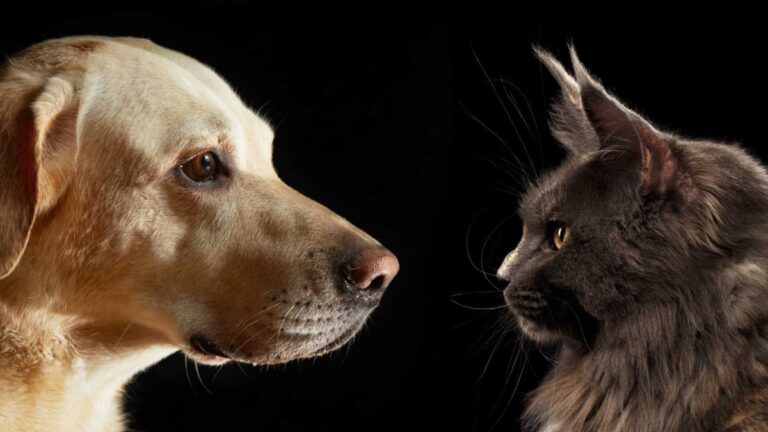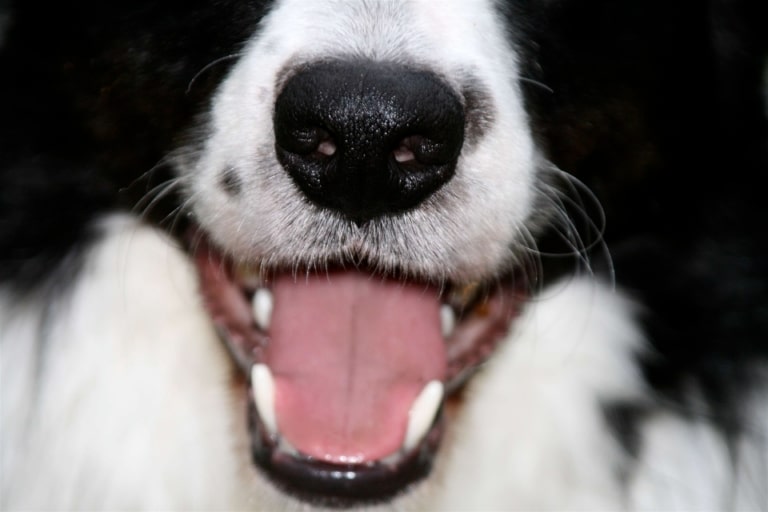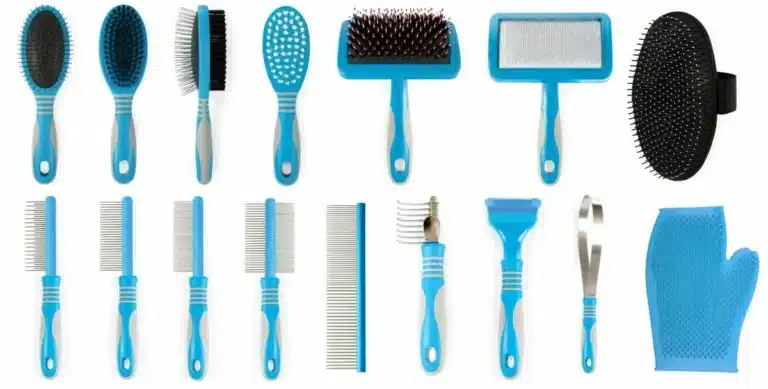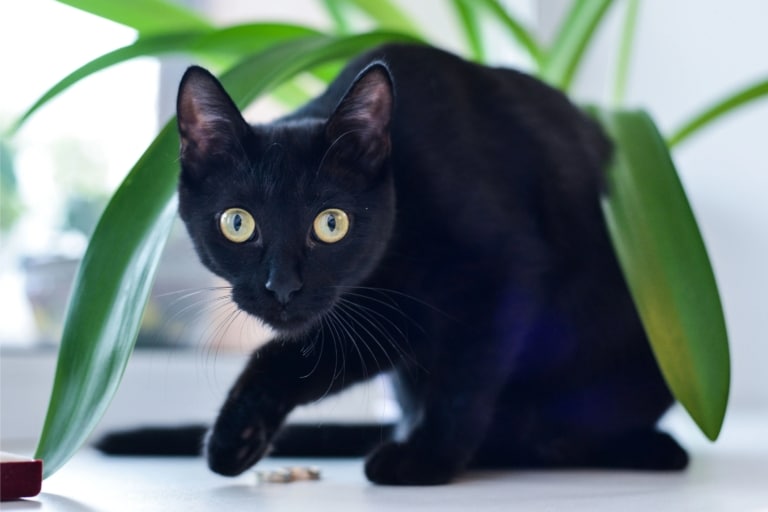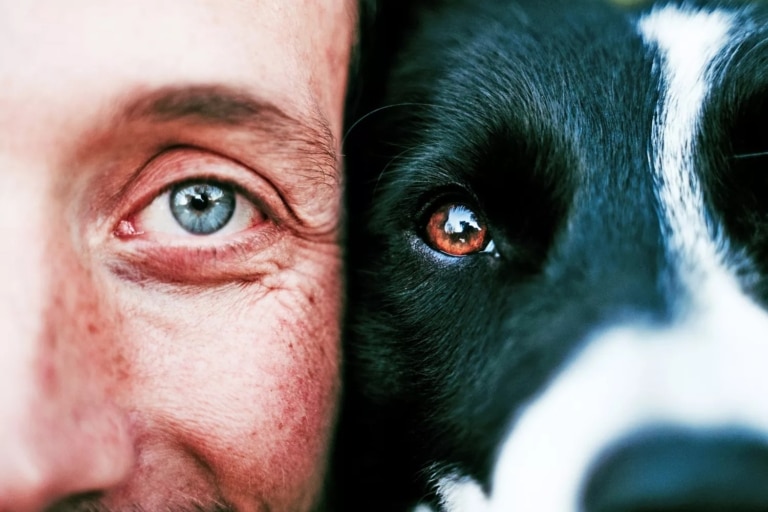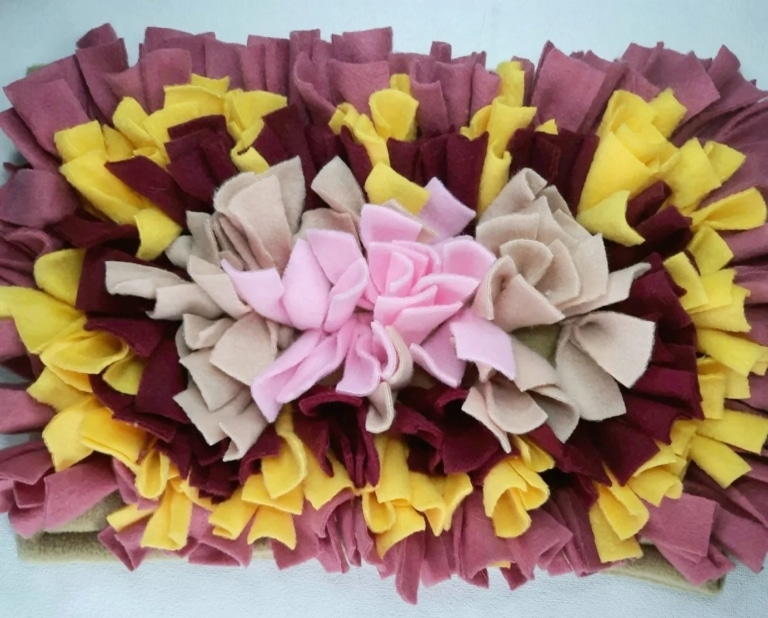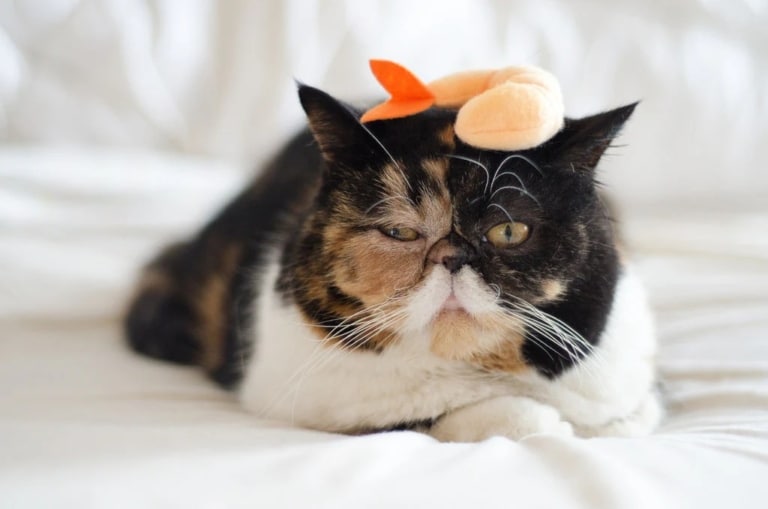In a world where every creature is unique in its characteristics and needs, pet grooming has a special place. This article is devoted to the subtleties and differences in caring for the two most popular pets – dogs and cats. Let’s consider what the essence of grooming is and how it has developed throughout history, as well as delve into the specifics of caring for dogs and cats.
What is grooming in general?
Grooming is a complex of procedures for the care of fur, skin, claws, eyes and ears of domestic animals. In a word, this is care. Grooming includes a wide range of services aimed at maintaining health and hygiene. High-quality grooming helps prevent many diseases, improves blood circulation, promotes healthy hair growth and strengthens the immune system. Each type of animal has its own grooming methods and techniques that take into account their physiological and psychological characteristics.
History and development of grooming
The history of grooming goes back to the distant past, when people first began to domesticate animals. Initially, the care of fur and skin of animals was aimed at protection against parasites and diseases. Over time, as civilization developed and views on pets changed, grooming began to be perceived not only as a necessity, but also as an element of care and concern.
In the Middle Ages, grooming began to take on more organized forms, especially among the nobility and gentry, where pets often served as a status symbol. During the Renaissance and in the following centuries, animal care became increasingly sophisticated, including the use of various accessories and decorations.
Modern grooming, as we know it today, began to take shape in the 19th and 20th centuries, when the first professional grooming salons appeared. During this period, the active development of various tools and cosmetics for animal care begins. In the 20th century, with the development of veterinary medicine and increased awareness of animal health, grooming became an important part of regular pet care.
Thus, grooming has evolved from a simple approach to a complex and multifaceted field that combines elements of art, science, and health care.
Peculiarities of dog grooming
Secrets of wool: from short to long
Dogs with short hair
In dogs with short hair, such as Labradors, the coat is not just a protective layer, but also a mirror of their health. Regular brushing helps the coat to shine and look healthy, and also stimulates blood circulation.
Long-haired dogs
In long-haired breeds such as Collies, Yorkshire Terriers, and Spitz, each strand of hair can tell a story. Proper care includes the use of special combs and shampoos that help prevent tangles and give the coat an incredible shine.
Hard-haired breeds
In hard-coated breeds such as Airedale Terrier, Border Terrier, Giant Schnauzer, Fox Terrier, trimming is a way to preserve the natural condition of the coat. Removing the dead coat makes way for a new, healthy and strong coat, which is important for breeds that actively participate in exhibitions.
Special procedures
VIP care for long-haired breeds: special masks and balms for wool that make it soft and silky, as well as professional combing to make every strand shine.
Hypoallergenic care: for dogs with sensitive skin, the use of special hypoallergenic shampoos and balms is recommended, which provide gentle and safe care.
Exclusive treatments: unique services such as hydromassage, aromatherapy create an atmosphere of luxury and tranquility, and creative for dogs will create an exclusive look.
Dog grooming is a world where every procedure turns into a manifestation of care and attention to detail, making your Pet’s life healthy and happy.
Peculiarities of cat grooming
Secrets of cat fur: from silk to plush
Cats with short hair
Cats, such as British or Siamese cats, have short coats that require regular brushing to remove dead hair and prevent matting. The use of soft brushes and special combs ensures clean fur and a pleasant massage for the cat.
Cats with long hair
Representatives with long hair, such as Persian cats or Maine Coons, need more thorough care. Daily brushing prevents mats and keeps the coat shiny and healthy. The use of special masks and balms helps to keep the wool soft and prevent the formation of mange.
Most often, cats are combed, not cut. Many owners believe that there is no need to cut cats, especially since they themselves do a great job with their coat, and you should only intervene when there are swallows or special cases of contamination.
Trimming – if necessary: For some breeds of cats that are especially prone to heat or have problems with self-grooming, trimming may become a necessity. A professional groomer will help you choose the optimal haircut style that will be comfortable for the cat and look aesthetically pleasing.
Nail care is an important point
Before grooming, it is important to trim the claws to avoid accidental scratches to both the groomer and the cat. Neatly trimmed claws are a matter of safety and comfort for cats.
The main differences between grooming dogs and cats
Grooming dogs and cats, although they have a lot in common, have a number of important differences that are important to consider in order to ensure effective and safe care for your Tails.
Comparative analysis of procedures
General procedures
Regular brushing, bathing, ear cleaning and claw trimming are important for both dogs and cats. These procedures support the hygiene and health of the animals.
Unique procedures for dogs
Dogs are most often trimmed, which can be both functional (to cool down in the heat) and stylistic. Also, some dog breeds are characterized by trimming – removal of dead fur.
Unique procedures for cats
Cats are cut less often and more often for medical reasons, not for styling. Cats are also more self-grooming, so they need to be bathed much less often than dogs.
Psychological aspects
Grooming behavior of dogs: Dogs tend to be more tolerant of grooming procedures. They get used to regular procedures better and often find pleasure, especially if they have been trained to groom from an early age.
Cat Grooming Behavior: Cats can be more unpredictable and less tolerant of grooming. They often don’t like bathing and can be very sensitive to noises, such as from hair dryers. It is important to accustom cats to grooming gradually and with great care.
Grooming for dogs and cats is a process that requires not only knowledge and skills, but also an understanding of animal psychology. The approach to each pupil should be individual, taking into account his needs and preferences. This is the only way to achieve external beauty, inner peace and health of your Tail.
Professional dog and cat care tips from V.O.G DOG masters
Affection and attention: regardless of whether it is a cat or a dog, every animal needs affection. Regular contact and affectionate contact strengthen the bond between you and your Pet, making grooming procedures more pleasant.
Individual approach: take into account the individual characteristics of your pupil. For example, long-haired cats and dogs require more frequent brushing, while short-haired cats require regular bathing.
Recommendations regarding the frequency of grooming:
Dogs: regular combing – 1-2 times a week, bathing – once a month or as needed, haircut – every 6-8 weeks.
Cats: combing – daily for long-haired and 2-3 times a week for short-haired, bathing – rarely, only as needed.
Our professional masters at V.O.G DOG know how to make each session pleasant and useful, regardless of whether you are the owner of a wonderful cat or a loyal dog. Let us take care of the beauty and health of your pets!

